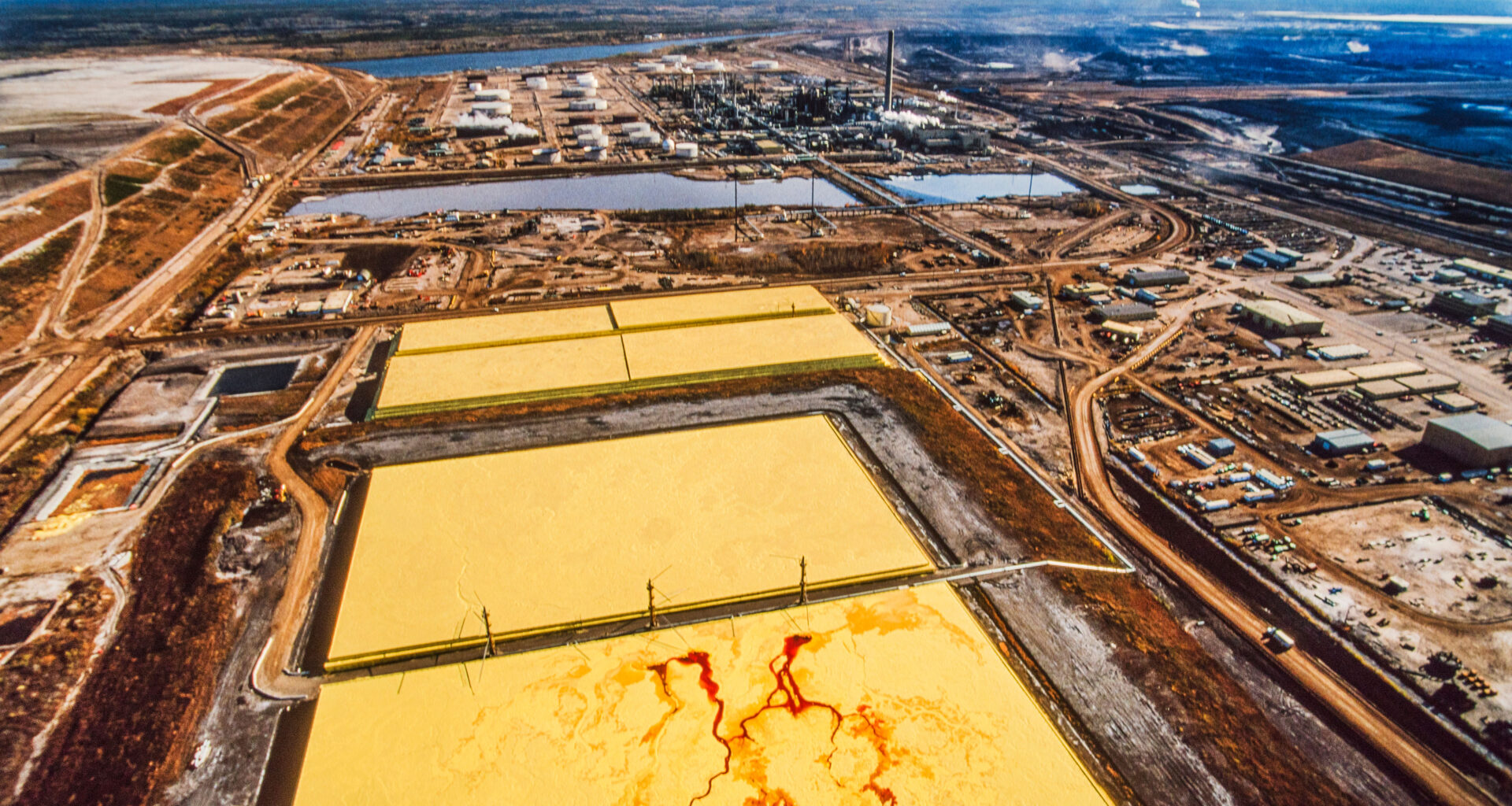In 1979, I was a summer student working at Gulf Oil’s refinery in Clarkson, Ontario. I was assigned to its oldest crude unit, part of the original British-American Oil refinery built in 1943. It was my first job in the oil industry, an industry where I’d work for the next 35 years.
Walking into that place, I felt unsettled. It seemed dangerous, and it was. The week I started, a technician died in a horrific acid spill. Shortly before I left at the end of the summer, a fire nearly destroyed the whole facility. The technicians fought the fire themselves. That was just considered part of the job.
This isn’t the norm — most days, people don’t get hurt and refineries don’t burn down — but the risk is always there. And the people working in those places live with it.
That summer, I gained a deep respect for the people in Canada’s oil industry, one that only grew stronger over the decades. Canadian oil workers handle risk, complexity and logistical challenges with creativity and grit. Thanks to them, Canadians rarely think about whether the fuel we need will be there. It just is.
I remember something else from that summer. Near the end, a technician took me outside, opened a small valve on the pipeline feeding the unit, and let a few drops of oil drip onto the ground.
“Look — that’s Leduc crude,” he said, with a kind of reverence I didn’t understand then, but would not long after.
We don’t have much mythology in Canada, but Leduc is one of our foundational stories. On Feb. 13, 1947, Imperial Oil struck oil at Leduc No. 1 after drilling 133 dry holes in Alberta. Ted Link, Imperial’s chief geologist, had convinced management to take one final shot — down to 7,000 feet. No one expected success.
But on Feb. 3, a test blew a geyser halfway up the derrick and covered a worker in oil. Ten days later, with dignitaries gathered on Mike Turta’s farm, Canada’s modern oil industry was born as oil gushed and a flare was lit.
Before Leduc, Canada’s total oil production in 1946 was just 21,000 barrels per day. Leduc changed everything.
It wasn’t just about drilling more wells. The Leduc field had so much oil that Imperial immediately began planning a pipeline east. The federal government stepped up. In 1949, C.D. Howe, the “Minister of Everything,” introduced the Pipeline Act, establishing Canada’s first regulations to allow an interprovincial pipeline. Everyone wanted it built — fast.
By 1950, the first leg of the Interprovincial Pipeline was completed, running 2,000 km from Edmonton to Superior, Wisconsin. It carried up to 100,000 barrels per day and was built in just 150 days. Think about that: Leduc in ’47, legislation in ’49, pipeline in ’50.
That pipeline evolved into the Enbridge mainline system, now moving 3.2 million barrels a day over nearly 14,000 km across North America. Today, Canada produces nearly five million barrels daily.
It’s an extraordinary accomplishment. Not just around the light crude like Leduc, but in developing the technologies to separate bitumen from oilsands, a tar-like substance bound with sand sharper than glass. And then shipping the bitumen to upgraders and refineries that can handle one of the most difficult crudes to refine in the world.
Back then the economy was the only concern; climate change wasn’t on the radar. We should celebrate the vision of the politicians and corporations of that era — and acknowledge the workers who built and operate the industry today.
But here’s the thing: we aren’t in 1947, we’re in 2025. We’re not at the beginning of the oil story anymore, we’re at the end. Our politicians owe it to those dedicated workers to acknowledge that global oil demand is poised for decline as the world is decarbonizing and to prepare for what’s next.
When economic conditions change, that’s when industries and governments adjust. Instead, I hear politicians like Mark Carney and Danielle Smith speak as if we’re on the verge of another Leduc-like moment for the oilsands. As if one more pipeline and billions in government funding for carbon sequestration could somehow take us back to 1947.
But look at the world: China leads the planet in modern car manufacturing, focused on EVs, batteries and renewables. In 2024, China accounted for over half of global EV sales — and over half of its own domestic sales were EVs. It installed well over half of the world’s new solar capacity last year. Canada? Just 0.05 per cent.
China understands there won’t be another oil boom. It’s building what comes next.
We need visionary leaders like those in 1947, but not ones who think it’s still 1947. Smith and Carney appeal to the hopes of oil workers without a realistic plan for the future. That’s not showing leadership, it’s political opportunism. It’s nostalgia masquerading as policy
Let’s talk honestly about what the oil industry in 2050 will look like and how we position the country and our intrepid oil workers for it. And let’s have Canada’s next Leduc-like moment — for renewable energy, electrification and climate resilience.
That would be real nation-building.
